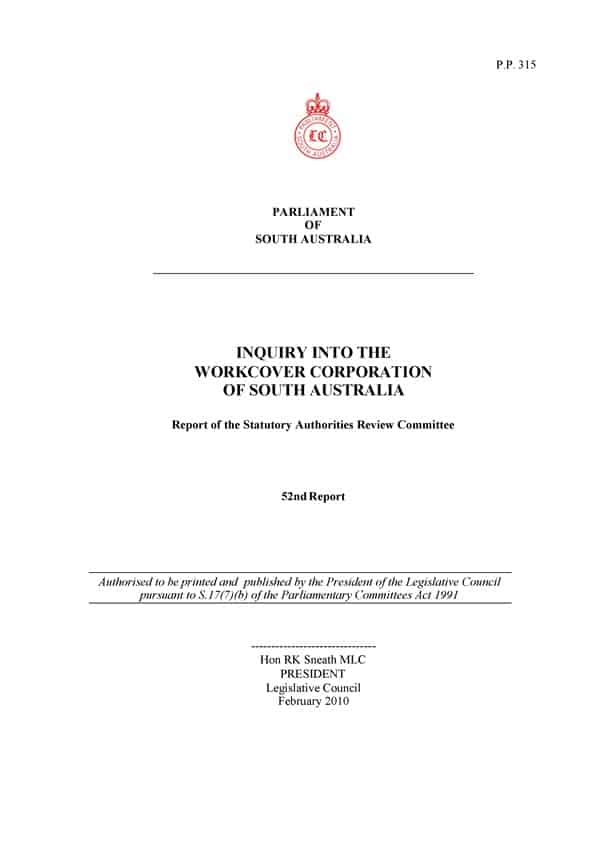On the Insiders television program on 21 February 2010, host Barrie Cassidy closed a long interview with the Communications Minister Stephen Conroy but asking about the workload of public servants in supporting government programs. The video is available on-line and the comments are at the 11 minute mark.
Conroy says that the “cracking pace” the Prime Minister, Kevin Rudd, established from the start of his government has continues. Rudd continues to expect high performance from his Ministers, staff and public servants. Conroy talks about the change that has been demanded of the public service and that this has generated more workload. He forecasts that the workload may ease if the Government achieves a second term of office.
Cassidy makes the link between the “pushing people too hard” and the failure of Government schemes such as the insulation scheme that was cancelled by the Environment Minister, Peter Garrett on 19 February 2010. Continue reading “Is overwork part of the Australian Government’s project management difficulties?”


